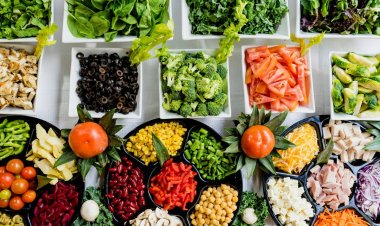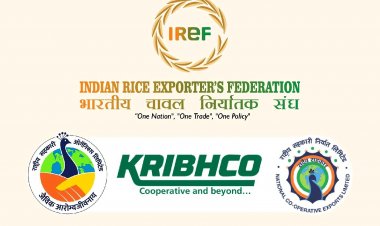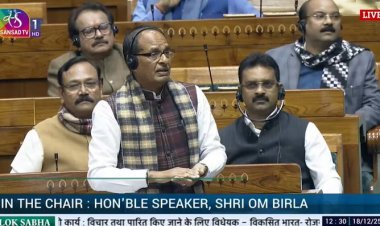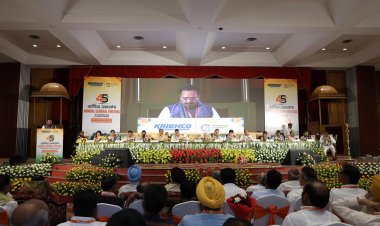Tomato Prices Plummet, Farmers Now Getting Rs 400 to 600 Per Crate
Over the past 15 days, wholesale prices have dropped by 40 percent. Where the average wholesale price for a crate of tomatoes (25 kg) was around Rs 900-1000 two weeks ago, it has now fallen to Rs 400-600 per crate. This decline is primarily due to the influx of new tomato crops from Karnataka and Andhra Pradesh.

Tomato prices, following a similar trend to onions, have begun to fall sharply. Over the past 15 days, wholesale prices have dropped by 40 percent. Where the average wholesale price for a crate of tomatoes (25 kg) was around Rs 900-1000 two weeks ago, it has now fallen to Rs 400-600 per crate. This decline is primarily due to the influx of new tomato crops from Karnataka and Andhra Pradesh.
The impact of this price drop is also being felt in retail markets, where the price of tomatoes has decreased from Rs 100 per kg to Rs 60-70 per kg within the same period. As more tomatoes from southern states enter the market, prices are expected to fall further.
Shriram Gadhve, President of the Indian Vegetable Producers Association, confirmed this trend, stating that the arrival of fresh crops from Karnataka and Andhra Pradesh is driving down prices. He anticipates a further decline as the supply increases, with a significant drop in prices likely within the next month.
In Himachal Pradesh's Solan vegetable market, commission agent Satish echoed these sentiments. He noted that 15 days ago, the price of tomatoes was as high as Rs 1000 per crate, but has now dropped to Rs 400-600. He attributed the price fall not only to the new supply from southern India but also to the adverse effects of rain on the tomato crop in Himachal, which has impacted both quantity and quality.
For farmers, this sharp decline has been particularly challenging. A month ago, they were receiving Rs 30-35 per kilogram for their tomatoes, but now that figure has dropped to Rs 20-25 per kilogram—barely covering the production cost, which is also around Rs 20-22 per kilogram. Farmers express frustration, noting that while prices do rise every year, their profits are often diminished by middlemen. Although price increases do offer some relief, it is limited to just a few months annually.
The initial surge in tomato prices was attributed to severe heat waves in April and May, which damaged crops and reduced the supply from key producing states. However, as fresh crops from southern states have started arriving, prices have begun to stabilize and even decline, impacting both farmers and consumers across the country.



 Join the RuralVoice whatsapp group
Join the RuralVoice whatsapp group







































